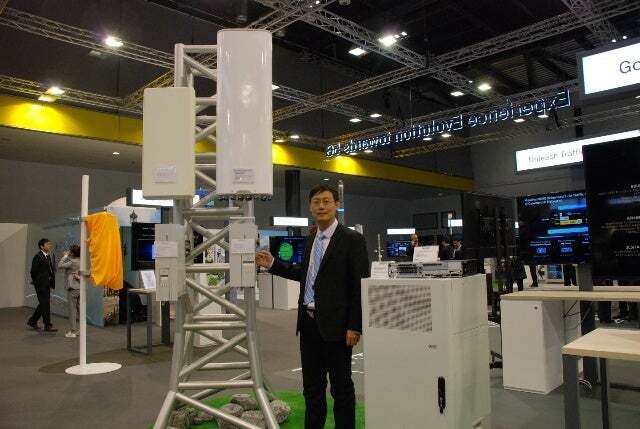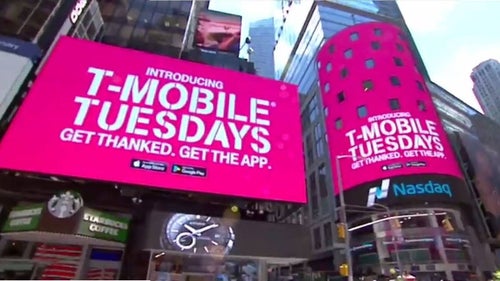FCC says that 40% of rural carriers need more money to remove Huawei, ZTE gear from their networks

Back in 2021, in fact, three years ago from tomorrow, the FCC voted unanimously to force rural carriers in the U.S. to rip out network equipment manufactured by certain companies including Chinese firms Huawei and ZTE; both are considered threats to U.S. National Security. Many of the rural providers that purchased the equipment did so because of favorable pricing and financing terms offered by the Chinese manufacturers.
The rip and replace program is officially known as the Secure and Trusted Communications Networks Reimbursement Program. Back in 2021 $1.9 billion was estimated to be the amount needed to complete the task. Congress made these funds available to rural providers that needed financial help to remove the covered equipment from their networks. However, rising costs have made that budget insufficient to finish the job. Earlier this year a bill was introduced in Congress that would have added $3 billion to the funds earmarked for the so-called rip and replace" program although that bill was not able to advance to the White House.

Huawei is one of the top suppliers of networking equipment. | Image credit-Huawei
In a new report, the FCC says that of the greater than 100 carriers involved in the "rip and replace" campaign, more than 40% of them can't afford to finish the task without an additional influx of cash. Back in January, only 19% of the rural wireless providers said that they needed more money to complete the job. The FCC is required to release two status reports a year explaining what is happening with the program.
While the FCC notes that many rural carriers cannot pay to complete the "rip and replace" process, these wireless providers are still required to remove all of the specified networking gear purchased from companies like Huawei and ZTE. More than half of the 126 rural providers who have requested funding have been given an extension from their original deadlines to finish the task. These extensions are limited to six months according to the regulatory agency.
"Notwithstanding this funding shortfall, recipients remain subject to the requirement… that they remove all of the covered communications equipment and services in their networks."-FCC
Some other interesting stats have been released. For example, 32% of the rural carriers have experienced problems hiring enough labor to help "rip and replace." That is up from the 16% that reported the same issue six months ago. Weather-related delays impacted 15% of the wireless providers in the program, up from 10% six months ago. The FCC also said that some carriers complained about not getting reimbursed for funds that were laid out to remove the offending networking equipment.
As things stand, 14 of the 126 wireless companies have filed final certifications stating that they have "permanently removed, replaced, and disposed of all covered communications equipment and services that were in their network as of the date they submitted their applications." As for the remaining 112 firms, Congress might have to figure out a way to get more money into their hands.










Things that are NOT allowed: